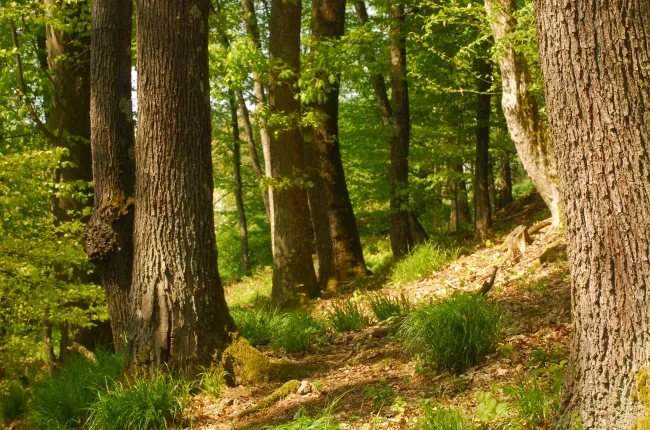The proposal covers most land and sea ecosystems, from agricultural, forest, and urban ecosystems to marine ones. The restoration foreseen is to achieve ‘good condition’ of the ecosystems, i.e. a high level of ecological integrity, stability and resilience.
The restoration measures should be put in place on at least 20% of the EU land and sea area by 2030 and 100% by 2050.
In addition to a target relating to habitat types listed in Annex I of the Habitats Directive, EU forest ecosystems should achieve an increasing trend, at national level, of each of the following indicators:
- (a) standing deadwood;
- (b) lying deadwood;
- (c) share of forests with uneven-aged structure;
- (d) forest connectivity;
- (e) common forest bird index;
- (f) stock of organic carbon.
Following the publication of the proposal, CEPF published a Press Release focusing on the overarching concepts in it and their impact on European forest owners.
A first analysis of the proposal has identified some important questions to be addressed in the future discussions, such as proper acknowledgment and respect of ownership rights, subsidiarity principle, and choice of instruments. On a positive note, it is very valuable that the proposal reflects on the unavoidable changes on species and ecosystems due to impacts of changing climatic condition.
The proposal, its annexes, and the 12 parts of impact assessment are available on this EC webpage.




